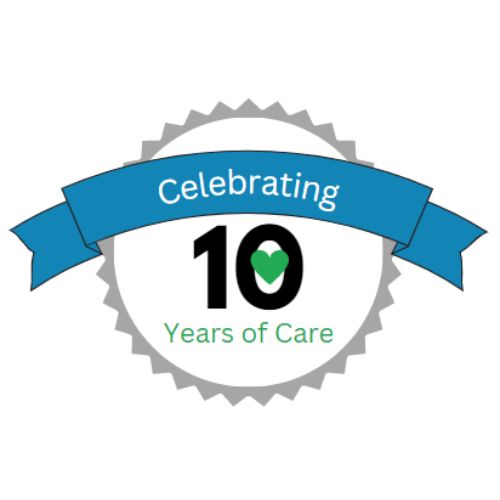Diabetes has affected so many people around the world. This disease has impacted the lives of many young people. Children deal with this illness. Young adults do, too. But, many older individuals are also living with diabetes. And, as people age, the effects of diabetes can become even more serious. For families who have an older loved one at risk for this condition, it’s important to know more about diabetes in older adults. Diabetes is very serious. But, you can work to treat the problem and make life much more comfortable. If you have an aging loved one who has been diagnosed with diabetes or is at risk for developing this disease, it can prove to be very helpful to learn more about the effects of diabetes in older adults.
What is Diabetes and How Does It Impact People?
Most people have heard of diabetes. But many individuals are unaware of what diabetes actually is and what it means to have this condition. Education is one of the most important things when it comes to understanding what your loved one may be dealing with right now. Learning more about diabetes in older adults can assist you in helping the senior in your life to get the care he or she needs. So, what is diabetes? Well, it’s a disease that prevents the body from being able to produce enough insulin, which is a hormone the body is supposed to make. Or, the body becomes unable to use the insulin properly. In some cases, both of these situations occur. When we eat, our bodies turn the food into something called glucose. Insulin’s purpose is to distribute that glucose to our bodies’ cells. Then, the cells use it to produce energy.
Type 1 diabetes is most commonly seen in young children. But the main type of diabetes in older adults is Type 2 diabetes. When a person has this kind of diabetes, it means that his or her body is producing a good amount of insulin but is having trouble using the hormone properly. The interesting thing about Type 2 diabetes is that it’s not always obvious. In fact, many older adults have this illness and don’t even realize it. Still, the symptoms may be present. So, if you have noticed that your older loved one gets bruises easily, it may be a sign of diabetes. Excessive tiredness, hunger and thirst are also symptoms of Type 2 diabetes. It’s important to keep an eye out for symptoms like this and make sure your loved one gets the medical attention he or she needs if you do spot any of these symptoms.
Treating Diabetes in Older Adults
Although diabetes can cause a lot of changes in a person’s body, it’s something that can be treated. If your loved one does, indeed, have this condition, medical professionals can help to make sure your family member is comfortable and able to manage his or her diabetes. Managing diabetes in older adults may involve dietary changes and incorporating more physical activity. It may not always be easy for you or your family to help your older loved one in these areas. But, there are ways to find the help you need in order to make sure your aging family member has the help and care he or she needs. One way to get that help is to call Florida First Senior Home Care. We can help connect you with a compassionate caregiver who will be able to assist your loved one.
Through our services, your family member can get treatment and care in the comfort of home, allowing the individual to maintain his or her independence! Call 561-279-5470 to let Florida First help you today!








